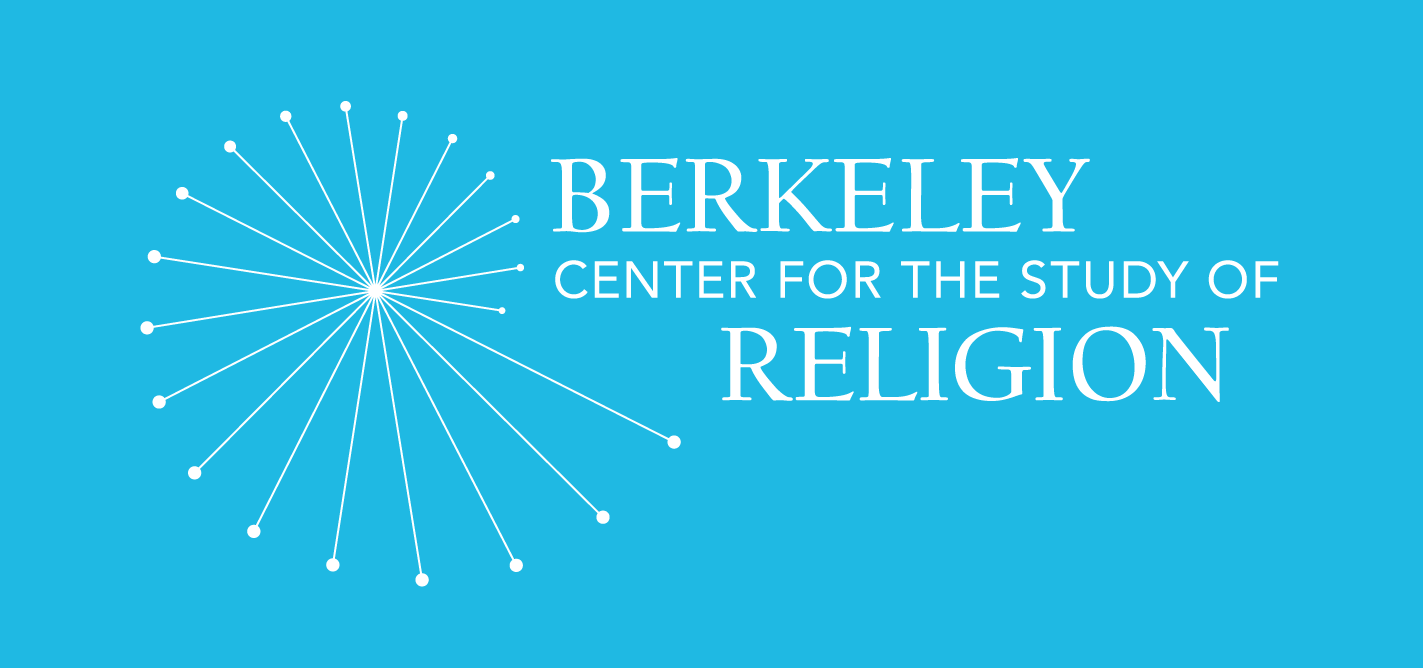The Prince, the Jeweler and the Mogul: The Paradoxes on an Early Modern Object
223 Philosophy Hall (Formerly Moses Hall)
Dror Wahrman, History, Hebrew University/Academic College of Tel-Aviv-Yaffo
The Throne of the Great Mogul, perhaps the most extraordinary work of European decorative art in the early modern period, is an intricate miniature of the court of the Mughal emperor Aurangzeb created in Saxon Dresden around 1700. This object raises a host of puzzling themes, including the nature of European absolutism, the changing meaning of art in the West, the surprising emergence of a quasi-global lexicon of rulership shared across the Eastern hemisphere, and the enactment in jewels and gold of some surprising theories about the global history of religion.
Dror Wahrman is a cultural historian of early modern Europe with a long-standing interest in the nature of the transition from the early-modern to the modern, explored in the interfaces between the discipline of history and those of literature, art and material culture. His books include The Making of the Modern Self (Yale, 2004), Mr. Collier’s Letter Racks: A Tale of Art and Obsession at the Threshold of the Modern Information Age (Oxford, 2012) and with Jonathan Sheehan, Invisible Hands: Self-Organization and the Eighteenth Century (Chicago, 2015). Next month he will publish his latest book, from Yale University Press, The Throne of the Great Mogul in Dresden: The Ultimate Artwork of the Baroque.
Dror Wahrman taught in the UK, the US (where he served as the associate editor of the American Historical Review and founded the Center for Eighteenth-Century Studies at Indiana University), and has taught at the Hebrew University of Jerusalem since 2008. He served as Dean of Humanities of the Hebrew University (2014-2018), and is currently the President of the Academic College of Tel-Aviv-Yaffo.
Event Contact: sheehan@berkeley.edu, 510 642-1328
Access Coordinator: Gabrielle Nichols, history-events@berkeley.edu, 510-642-1488
Presented by the Department of History and cosponsored by the Berkeley Center for the Study of Religion, the Townsend Center for the Humanities, and the History of Art Department.

